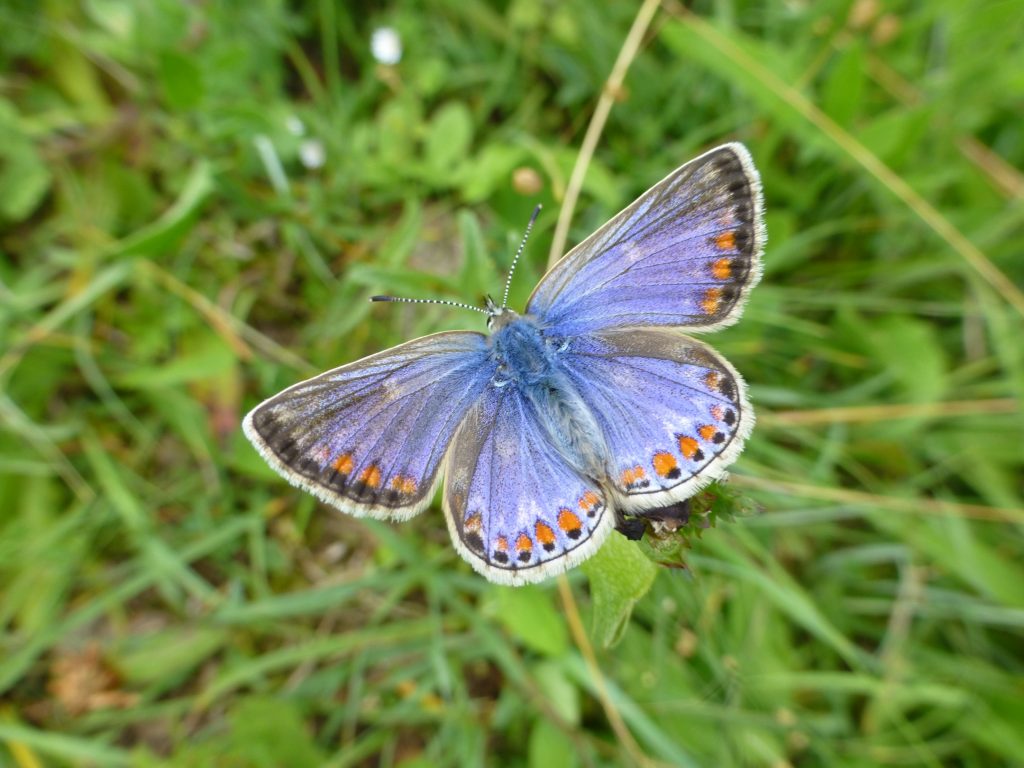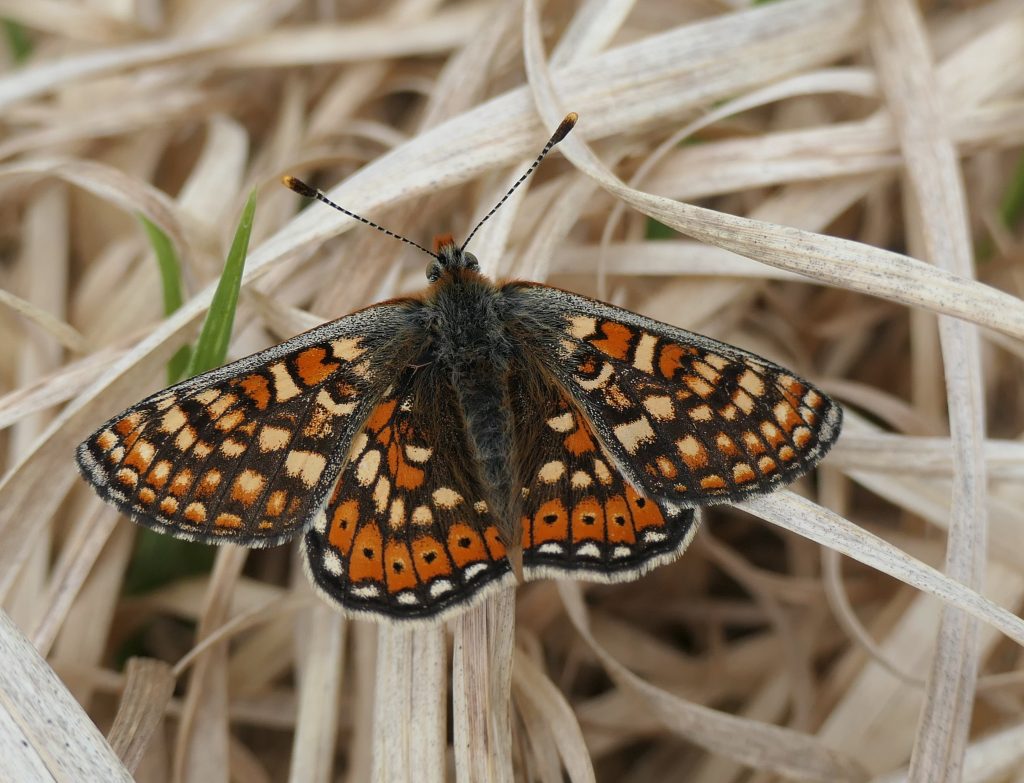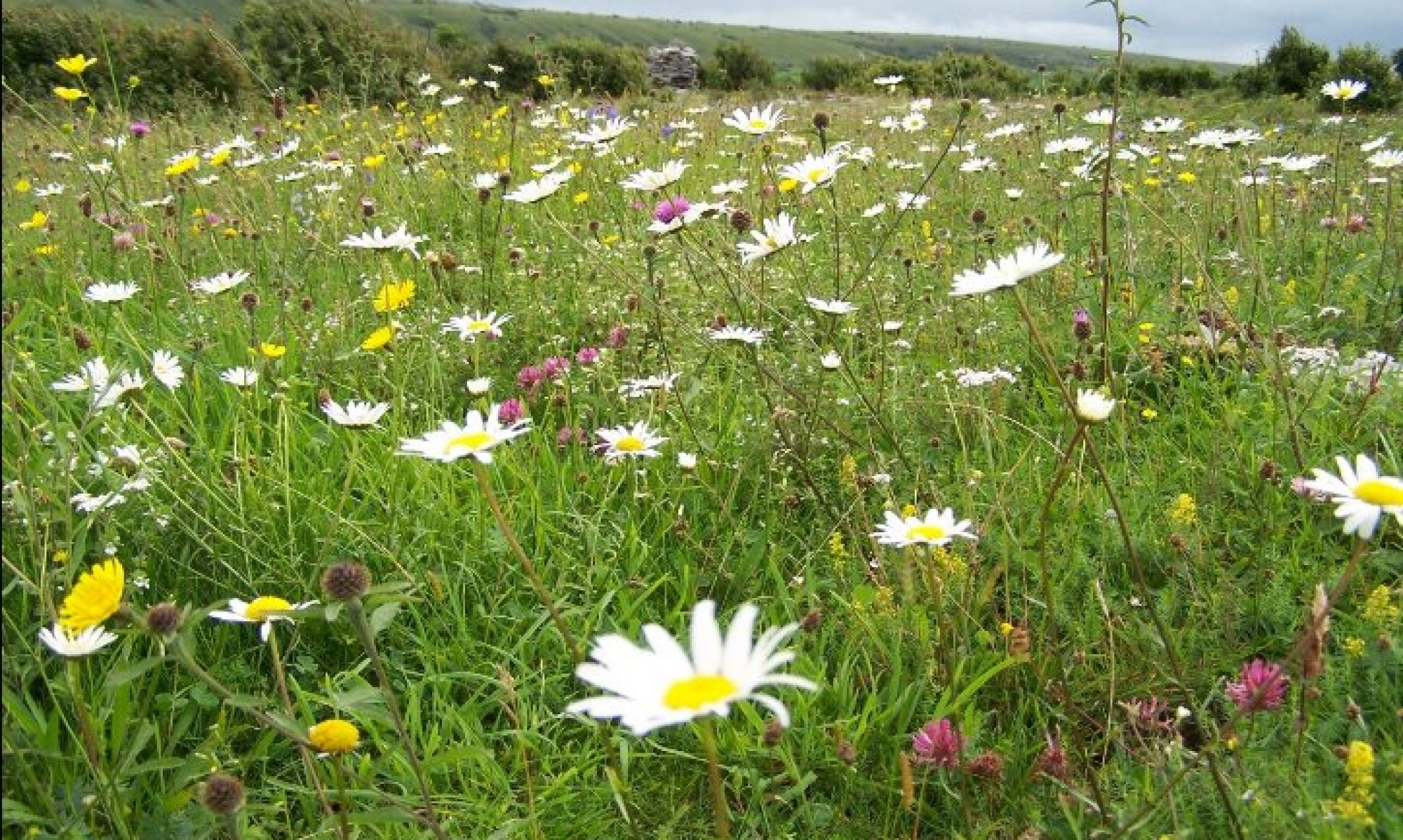Any time we hear and see rain in Ireland, we rarely, if ever, register a neutral response. We might be happy to see rain after a period of drought, and delight in the upsurge in growth following a soaking of the earth. Many complain about summer heat, finding it oppressive, relieved when it ends in a deluge. We don’t want rain to persist for days on end, but many feel relieved to see it return. Its return offers a reassurance of continuity. Our relationship with our environment embraces regular rainfall. Precipitation is expected, reassuring. However, others are irked when, after three dry, sunny weeks, Uisce Eireann urges water conservation and issues warnings about ‘unnecessary water use’ such as watering plants or car washing. After months of wet weather, why, after three nice sunny weeks, are we hearing about water shortages?

Other countries feel and react differently about rain. Heavy rain is considered dangerous in some parts of southern Europe. They don’t have drainage systems like those in Ireland, Britain and northern Europe, and inundation and flooding can occur quickly. Rainfall like that regularly seen here is most unwelcome. Outdoor public events are cancelled and warnings to remain indoors are issued. In the Mediterranean region, outside the winter months, dry conditions are the norm. Rainfall in a Mediterranean summer is a shock.
The steep, dramatic reduction in light during autumn and winter in our corner of NW Europe, coupled with dark, leaden skies shedding sheets of rain rarely lift spirits. Prolonged darkness might appeal to some, but most of us dislike it. Rain and darkness collude to deepen our mood of despair. Christmas offers a brief respite, but January hangs long, dark and moody. Daylight is increasing, but it doesn’t feel as though optimism has enough to light its way.

February 2025 had 11 consecutive days with less than half an hour of direct sunlight.
If that is not depressing, what is?
Our archaeological heritage indicates our forebears recognised the importance of light. We have Newgrange’s light box (Newgrange dates from about 3200 BC), which is aligned to allow light to flood the passage and the terminal chamber with light on the winter solstice and for the following few days. Neolithic edifices elsewhere nod to human concern to embrace the return of the sun. The over 5,000-year-old Neolithic temple at Hagar Qim, Malta, lights up on the 21st of March, the day of the spring solstice. During the Winter and Summer solstices, the beams of the rising sun pass along the sides of the main doorway, hitting two decorated slabs within the first chamber in the southern building of nearby Mnajdra, another neolithic temple complex. Light and the promise of more, and drier weather, are important to us, wherever we live in Europe.
How do our butterfly populations respond to our wet climate? Aside from three migrant species, the rest of Ireland’s butterfly fauna has been isolated from the continent for thousands of years, unable to escape inclement conditions, and yet they manage to survive.
A recent study, Long‐term trends in extreme precipitation indices in Ireland sought to determine spatial and temporal trends in the frequency, intensity and magnitude of observed precipitation. The persistence of trends for varying record lengths and for two fixed periods (1910–2019 and 1940–2019) of analysis is assessed for all stations and indices. Results show increases in precipitation intensity, especially notable in the east and southeast of the island. The findings also show that the contribution of heavy and extreme precipitation events to annual totals is increasing, while there were no persistent trends in annual totals or consecutive wet or dry days.
The impact of increasing intensity of precipitation on butterfly abundance is assessed by a 2017 UK study, Sensitivity of UK butterflies to local climatic extremes: which life stages are most at risk?
It was already known that heavy precipitation events affect butterfly survival and that they cause local extinction events. Indeed, this latter impact has been observed in Butterfly Conservation Ireland’s reserve in Lullybeg in 2007, when flooding destroyed Marsh Fritillary caterpillars.
The study found that different species and different life stages showed different responses to extreme precipitation. Extreme precipitation during the pupal life stage affects 28% of butterflies with one generation of adults in a year (univoltine species).
For butterflies with more than one generation in a year (multivoltine), extreme heat during overwintering and extreme precipitation during first- and second-generation adult life stages are the most frequently occurring extreme variables causing population declines in multivoltine species (67%, 58% and 50% of all multivoltine species affected, respectively.

Unlike univoltine species, however, multivoltine species seem to be susceptible to extremes (extreme precipitation, drought, extreme heat and cold) across all life stages, with ovum, larvae, pupae, adult and overwintering stages all affected negatively. Species’ vulnerability to extremes appears to be most prominent in the first generation and is primarily driven by exposure to extreme heat, with the exception of the negative impacts of precipitation during the adult stage.
The study found that multivoltine species had far greater sensitivity to extreme precipitation, drought, extreme heat and cold than univoltine species. One of the more prominent and consistent negative contributors to univoltine species’ population change is precipitation events during the pupal and larval periods. The negative impact of precipitation events on the pupal stage surprised the researchers. This finding highlights the need for studies to assess the impact of extreme climate events across all life stages. Interestingly, drought was not found to impact abundance in this study.
Have Ireland’s butterflies shown any ability to cope with our wetter, cooler, duller climate?

Some of our adult butterflies are darker in colour than their counterparts in Britain and Europe, aside from those in colder, damper areas, especially in high mountains. Darker wings assist in warming the insect, helping it to prepare for flight; the darker colouration is a feature of the Dark Green Fritillary and Marsh Fritillary. Some species have later emergence times than their British and European congeners.
The Orange-tip emerges earlier in England, where it often begins to fly in March. In Ireland, mid-April is typically when its emergence begins. Some species that are double-brooded in England and Europe can produce only a single generation in Ireland. This univoltine character is not hardwired in the case of the Dingy Skipper and Small Blue in Ireland; the long period of good weather in 2025 from March to August resulted in a small second generation appearing in Ireland.
While butterflies deal with climatic conditions, when these are combined with other extremes arising from climate change, pollution and habitat loss, this will produce very different outcomes. Perhaps unexpectedly, some species will thrive, especially butterflies using nitrophilous foodplants. The sensitive species relying on nutrient-poor habitats are suffering losses. Only landscape-scale conservation can contribute to addressing their challenges.
Key References
Long, O. M. et al. (2017). Sensitivity of UK butterflies to local climatic extremes: which life stages are most at risk? The Journal of animal ecology. [Online] 86 (1), 108–116.
Ryan, C. et al. (2022). Long‐term trends in extreme precipitation indices in Ireland. International journal of climatology. [Online] 42 (7), 4040–4061. Available at https://rmets.onlinelibrary.wiley.com/doi/full/10.1002/joc.7475

